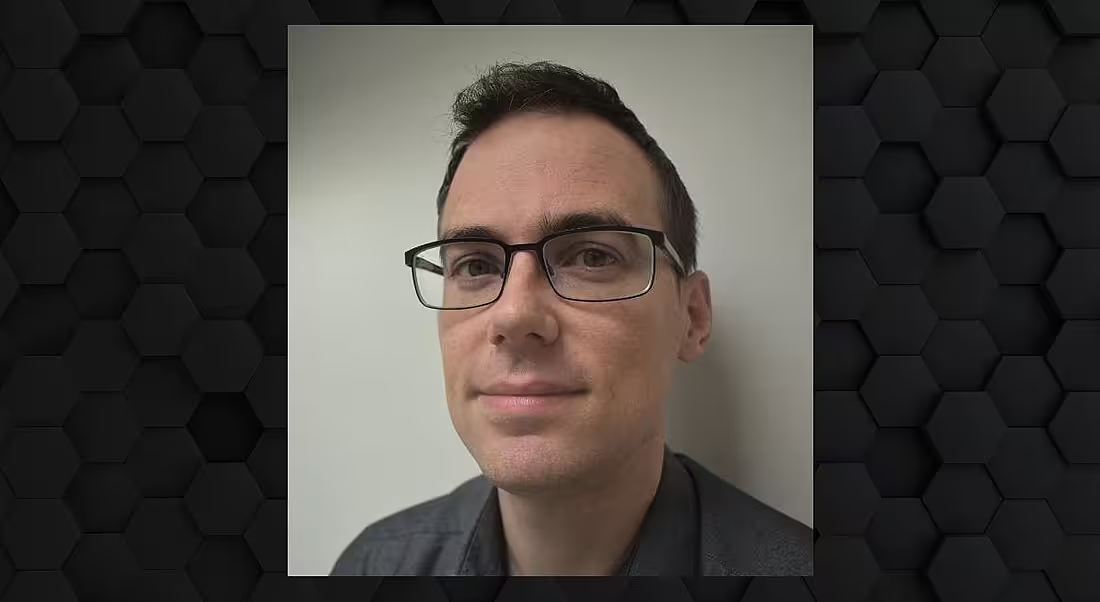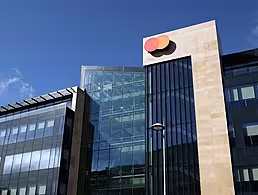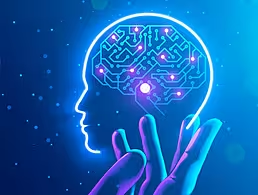Mastercard’s James Conway walks us through a normal working day, describing the tools he uses and the skills he needs to lead his team.
James Conway has been a lead data scientist with Mastercard for three years, working in the company’s R&D hub in Dublin.
His career in data science spans more than 10 years across a wide range of industries including utilities, insurance, petroleum and financial services.
As a lead data scientist, Conway must now employ a wide variety of soft skills when working with his team as well as the technical skills needed for data science projects.
‘I often act as a bridge between the development team and the product team’
– JAMES CONWAY
If there is such a thing, can you describe a typical day in the job?
As a lead data scientist, a typical week for me starts with setting the technical objectives for each of my projects. I then review them with the team before finalising our scope of work for the week.
Depending on the project needs, I may have a daily or weekly call with the product team to align and share any updates or potential blockers from our team.
Then it’s time to roll up my sleeves and take care of my own tasks for the day. These usually revolve around the typical data exploration, feature engineering, model building, deployment or documentation.
Occasionally there is some reporting that requires preparing slides for a business owner or customer. Typically, I work in Python, deployed either within a docker container on our Kubernetes cluster or on an edge node in our Hadoop cluster.
We use GitLab for code repositories and Artifactory for storing models. At the end of the day, I update my Jira tickets with the progress for the day, closing any that were completed with a link to the repo or Confluence page as necessary.
What types of data science projects do you work on?
The most common projects that I work on are recommender systems, attrition risk classification and time series forecasting.
Forecasting is particularly interesting as there are new tools and models being developed constantly. Mastercard has an annual internal hackathon where we compete over a week to develop a proof of concept of a product or idea.
I’m proud to say that two of the projects that I have worked on during the hackathon have gone on to become fully fledged products and use cases for our team.
What skills do you use daily?
My most often used skills are logic and reasoning, which are necessary to be able to turn a business problem into something solved by a machine.
As a lead, I often act as a bridge between the development team and the product team, which requires strong communication and interpersonal skills.
My time spent as a lecturer in statistics has enabled me to express complex technical terminology in a simple and concise way. In terms of software, I had to become much more comfortable with the command line (Terminal) as well as scripting languages (Bash, VBA, etc).
What are the hardest parts of working in data science?
Communication between the technical and non-technical resources can be challenging. I find it’s always worthwhile at the start of a project to make sure everyone is speaking the same language, as it could potentially waste valuable time if either side misunderstands the other.
As a data scientist, identifying which metrics most closely match the business objectives presented and understanding how changes in performance impact the business value is a vitally important skill.
For example, how a 5pc error reduction of the mean absolute percentage error could impact the dollar or euro value of the product.
Do you have any productivity tips that help you through the day?
I like to take care of all my smaller tasks first where possible, before starting on my larger tasks. This way I avoid building up a large backlog that can contribute to stress and I’ve also set myself up for the rest of the day feeling accomplished.
These small tasks can often be important answers for colleagues, which helps them move their own work along sooner.
What skills and tools are you using to communicate daily with your colleagues?
Microsoft Teams for messaging and meetings. I would recommend having at least one informal call a week to keep up with your team as they may not be working on the same projects right now, but you will benefit from knowing them better when you do work with them in future.
How has this role changed as the data science sector has grown and evolved?
When I started in data science, mathematical and statistical models were the most common way to model processes and data, fitting explainable and interpretable functions to datasets.
Over the years ,we have moved away from these models to more ‘black-box’ style deep-learning models, which discover patterns in the data that are difficult for humans to identify.
Recently, I’ve seen a lot of research going into explainable AI. This is to ensure any biases are mitigated and to build trust in the models, bringing human interpretability back to the forefront of the field. So, in some small way, I feel like the sector has come full circle for me.
What do you enjoy most about working in data science?
I enjoy problem solving, which is a main component of being in the R&D section of the business – whether that’s building the best model to predict the next step in a time series, identifying the best production deployment for a model or creating a novel way to present a piece of data.
What advice would you give to someone who wants to work in data science?
To me, data science is the centre of a Venn diagram containing statistics, software engineering and business information, yet I often find most graduate applicants that I interview have focused on only one or two of these three components.
As a statistics and financial maths graduate, I felt my software engineering skills were not up to the level of the computer scientists within the field and I had to upskill to match them.
I would recommend that anyone who wants to get into the field to upskill in whichever of these areas are necessary.
Don’t miss out on the knowledge you need to succeed. Sign up for the Daily Brief, Silicon Republic’s digest of need-to-know sci-tech news.




